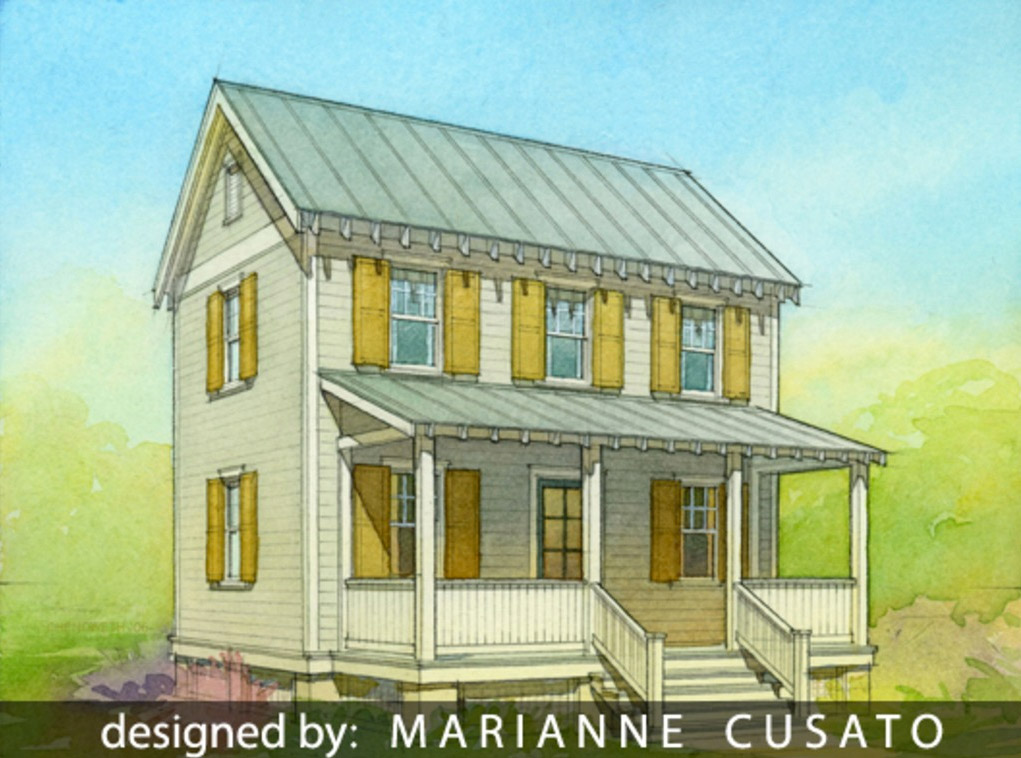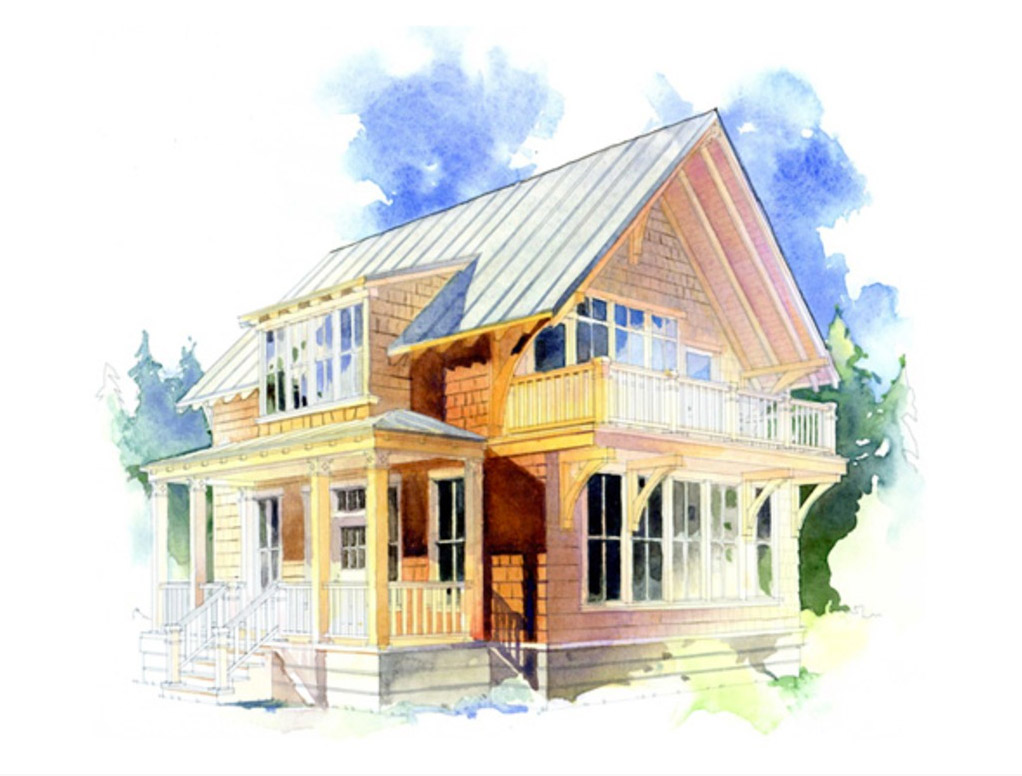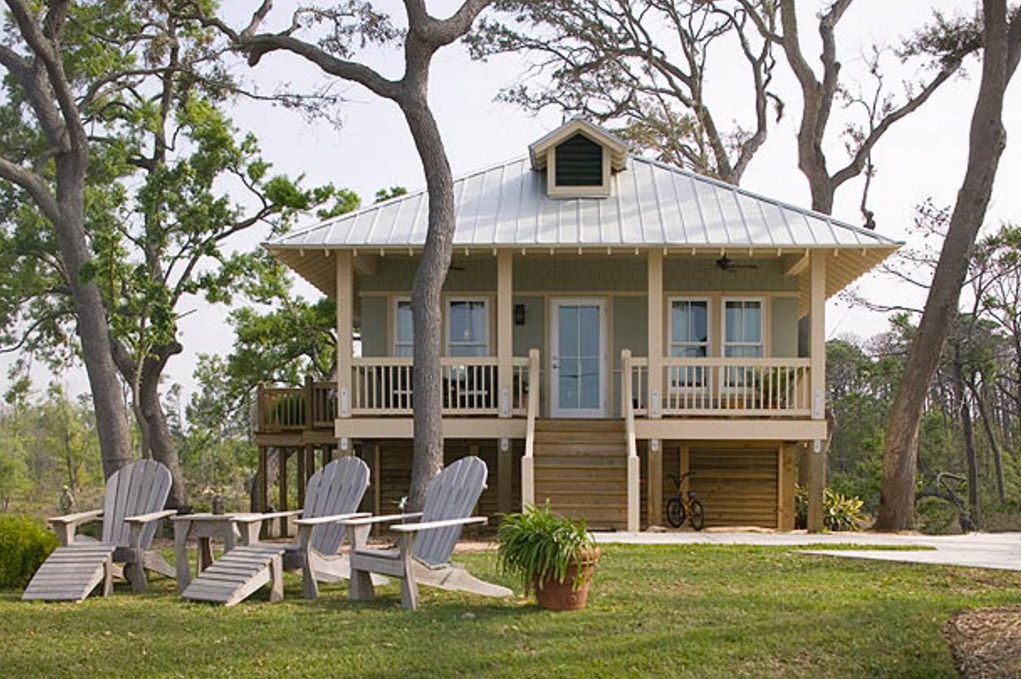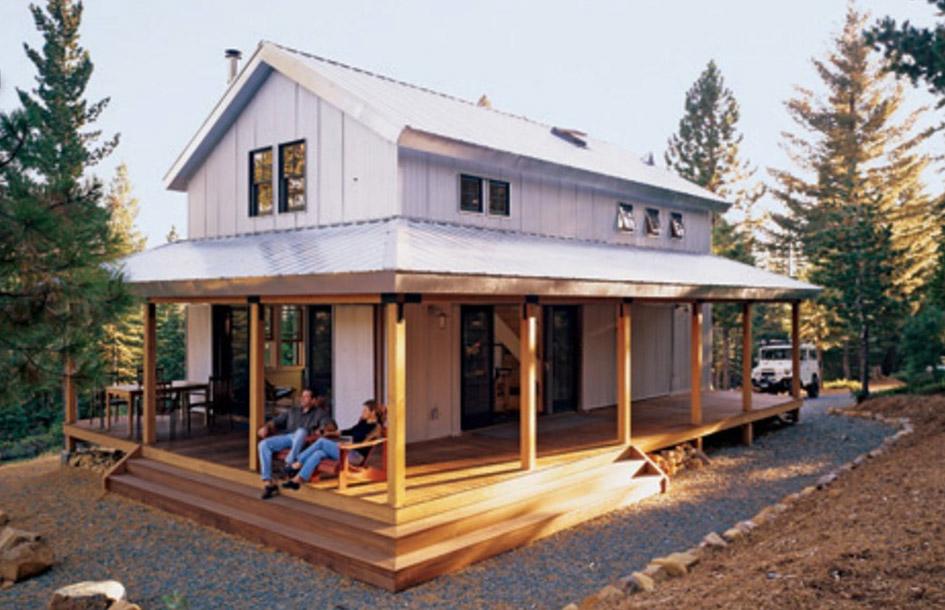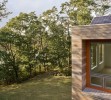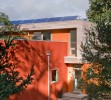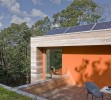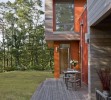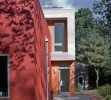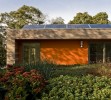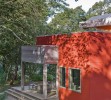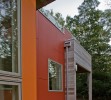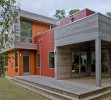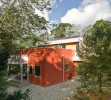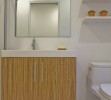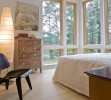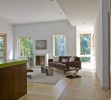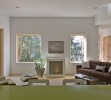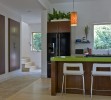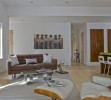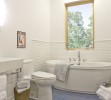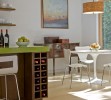Green Home of the Month: English Residence by ZeroEnergy Design
This month’s featured Green Home is an Energy Star-rated, LEED Gold-certified single-family home in Orleans, Massachusetts, with a minimal footprint, exceptional energy-saving features, and thoughtfully designed outdoor living spaces.
The cozy and beloved summer cottage near Cape Cod had been in the English family for two generations. Built in 1958, the little cottage served as a centralized gathering spot for family and friends, even those coming from abroad. Although other homes came and went throughout the years, the little cottage in Orleans was the place that most family members considered home. The location was perfect for relaxing, bird watching, and enjoying the beauty of the outdoors… and it was absolutely perfect for Teresa and Dan English’s full-time residence upon retirement.
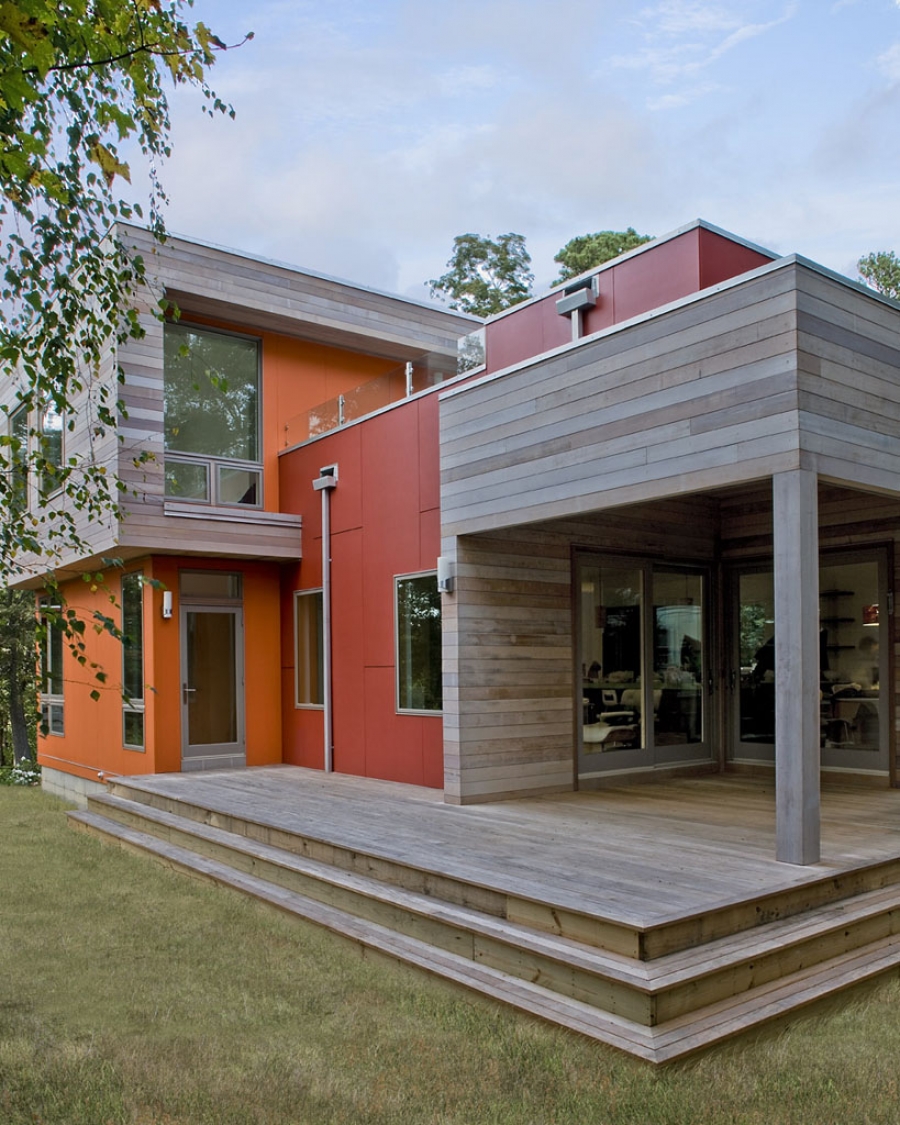 Image courtesty of Michael J. Lee
Image courtesty of Michael J. Lee
When the couple made the decision to convert the family’s summer vacation home into a full-time residence, they turned to ZeroEnergy Design, a modern green architecture and mechanical design firm in Boston known for its expertise in designing homes with exceptional energy efficiency. “The client asked us to create a space that not only reflected their modern, artistic aesthetic, but also adhered to their commitment to sustainable living,” says Stephanie Horowitz, AIA, managing director with ZeroEnergy Design. “They wanted to tread lightly on the land, conserve energy, and find creative ways to maximize both indoor and outdoor space.”
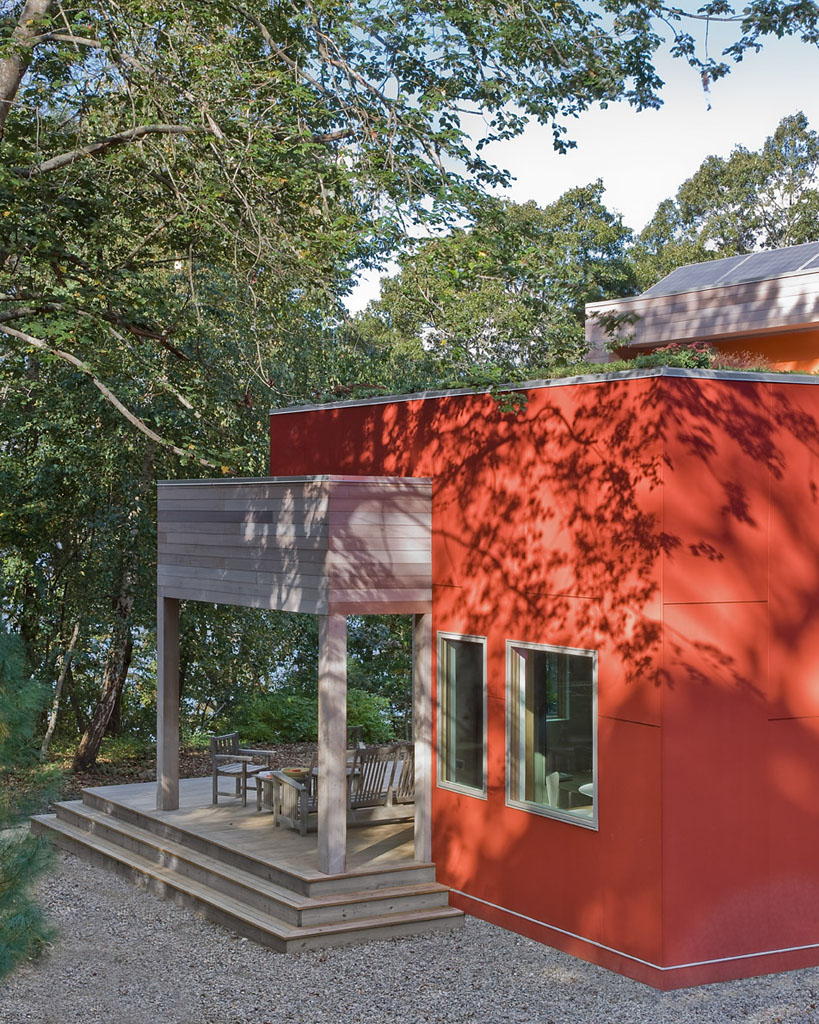
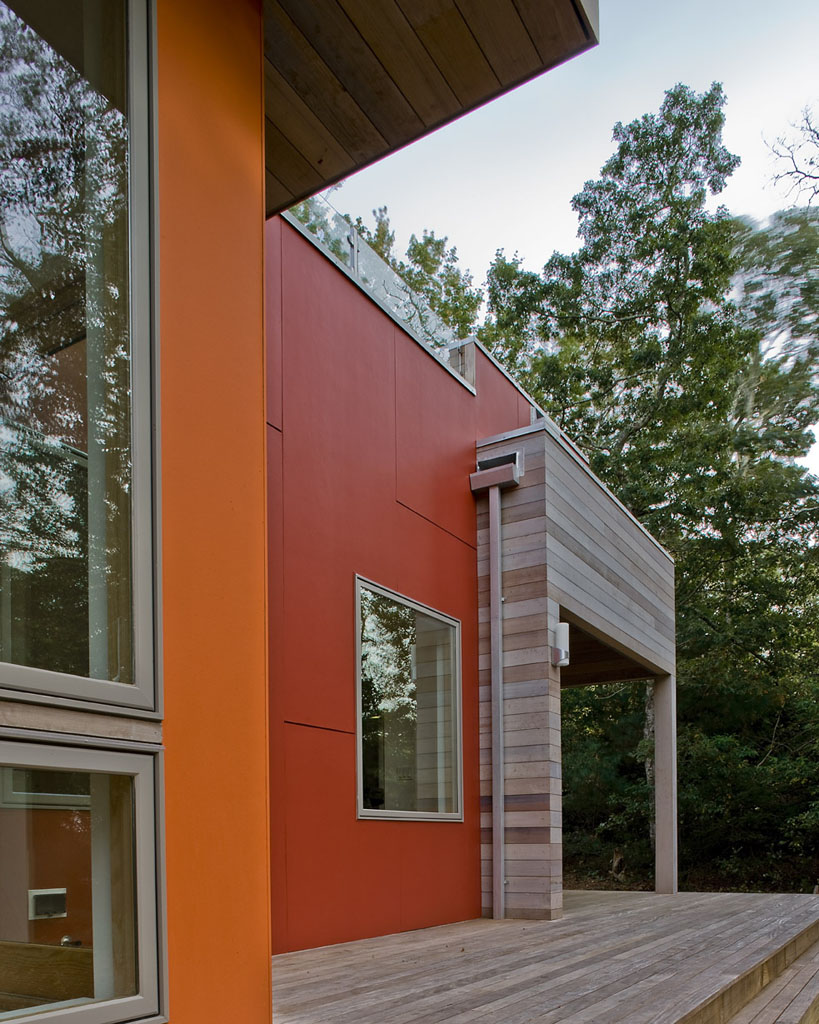
The first challenge the ZeroEnergy Design team faced was in determining whether to renovate or demolish the existing summer cottage. Although it had a heat source, the cabin was poorly insulated and unsuitable for use during colder months. After assessing the existing foundation and structure, the team determined that the cottage was not salvageable. “Even though we were unable to renovate the existing structure, 90% of the material from the cabin was either reused or sent to a sorting and recycling facility,” says Horowitz. “And we were able to construct the new residence within the existing footprint by employing a multi-story, vertical living strategy.”
The newly constructed 2,000 sq. ft. residence features three bedrooms and two baths, an outdoor kitchen, a rooftop deck, and a green roof. ZeroEnergy Design divided the living space into four quadrants to create kitchen, living, dining, and outdoor spaces. The delineation of the home’s forms are reinforced on the exterior with the use of an autumn color palette of red, orange, and cedar, which not only captures the English family’s artistic aesthetic but also unites the façade with the colors of the surrounding landscape. The first floor features the kitchen, living room, and breakfast nook (collectively known as the Red Form), as well as two bedrooms and a full bath (collectively known as the Orange Form). The second floor houses the master suite and study (collectively known as the Cedar Form).
In addition to influencing the exterior color palette, the scenic views of the property inspired the creation of two outdoor living spaces, Horowitz says. The living and dining rooms on the ground level extend onto a large patio with step-down decking that can be used as seating during large family events, and the roof deck on the second level of the home features an outdoor kitchen and grill for entertaining. A glass rail on the roof deck provides scenic views of the lake to the west and views of the adjacent green roof with its lush vegetation to the south.
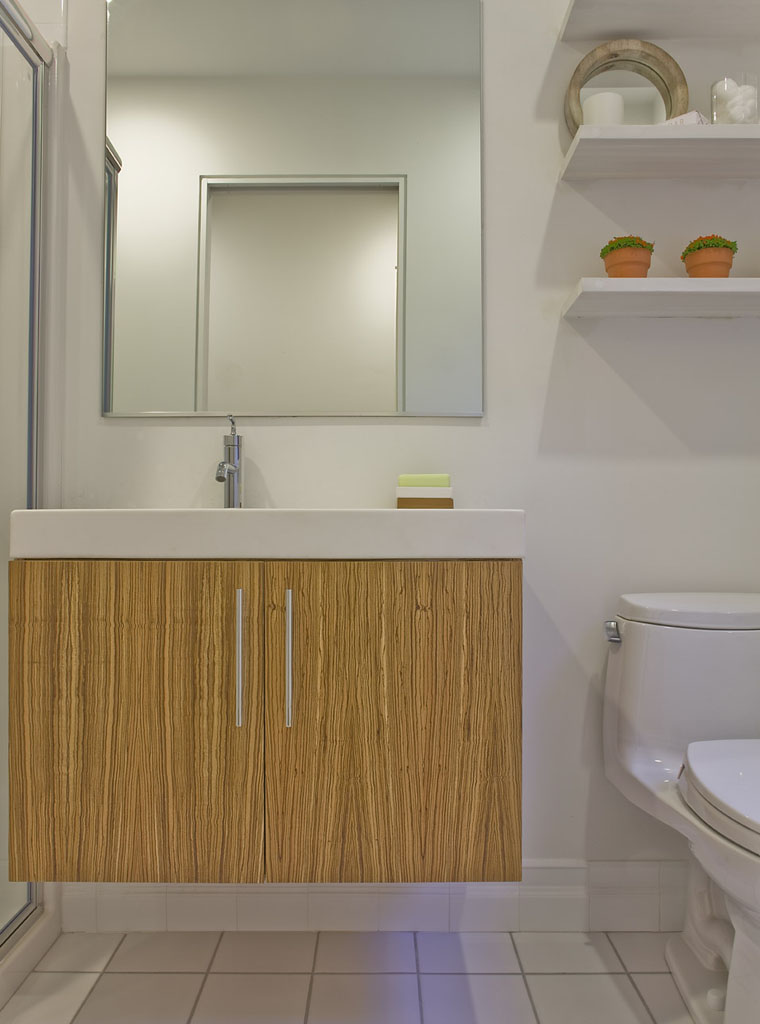
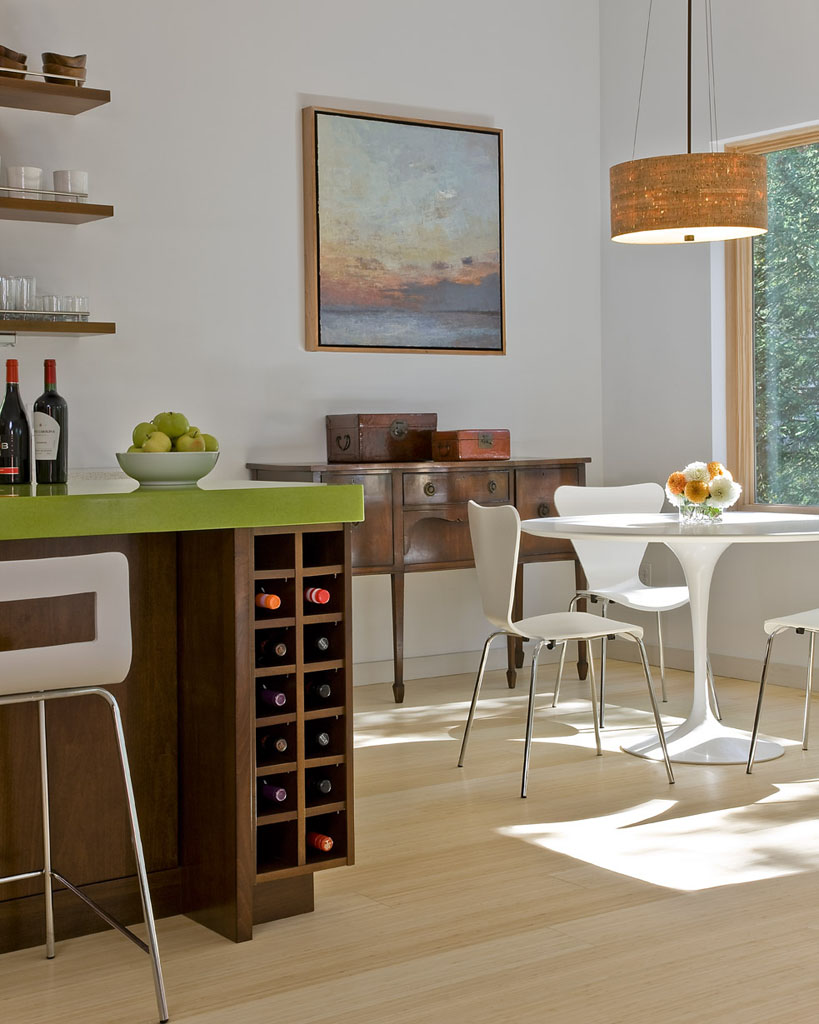
According to Horowitz, the home’s tight building envelope is its most energy-efficient feature. Due to the area’s propensity for coastal storms, the team approached the framing and insulation with special care. “We used specialized hurricane-resistant structural reinforcement and windows, open and closed cell spray foam insulation in the wall cavities, rigid foam to eliminate thermal bridging, and a mix of fiber cement and cedar siding on the exterior for long-term durability and low maintenance.”
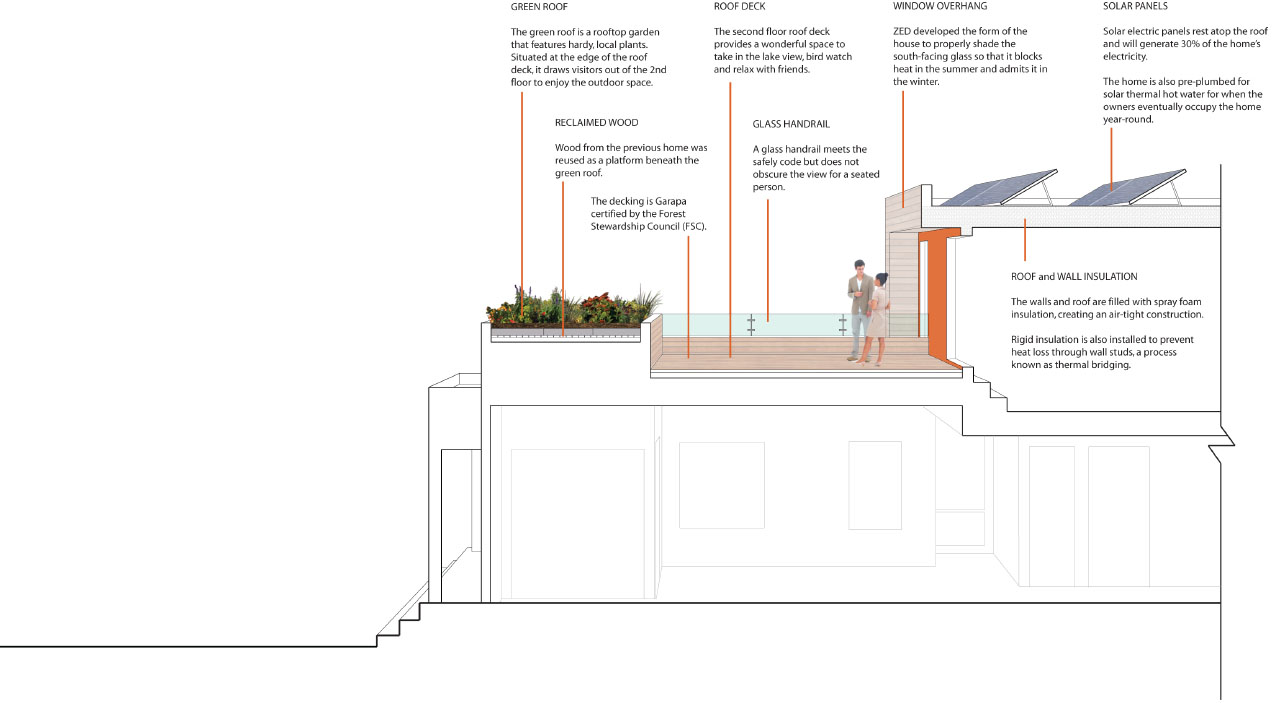
The English residence features a grid-tied solar electric system, which provides approximately half of the home’s electricity and allows it to utilize 60% less energy than a code-built equivalent home. Other green features include a high-efficiency boiler for space heating and hot water, an allergen filtration system, and a heat recovery ventilator, which provides better indoor air quality while minimizing energy loss.
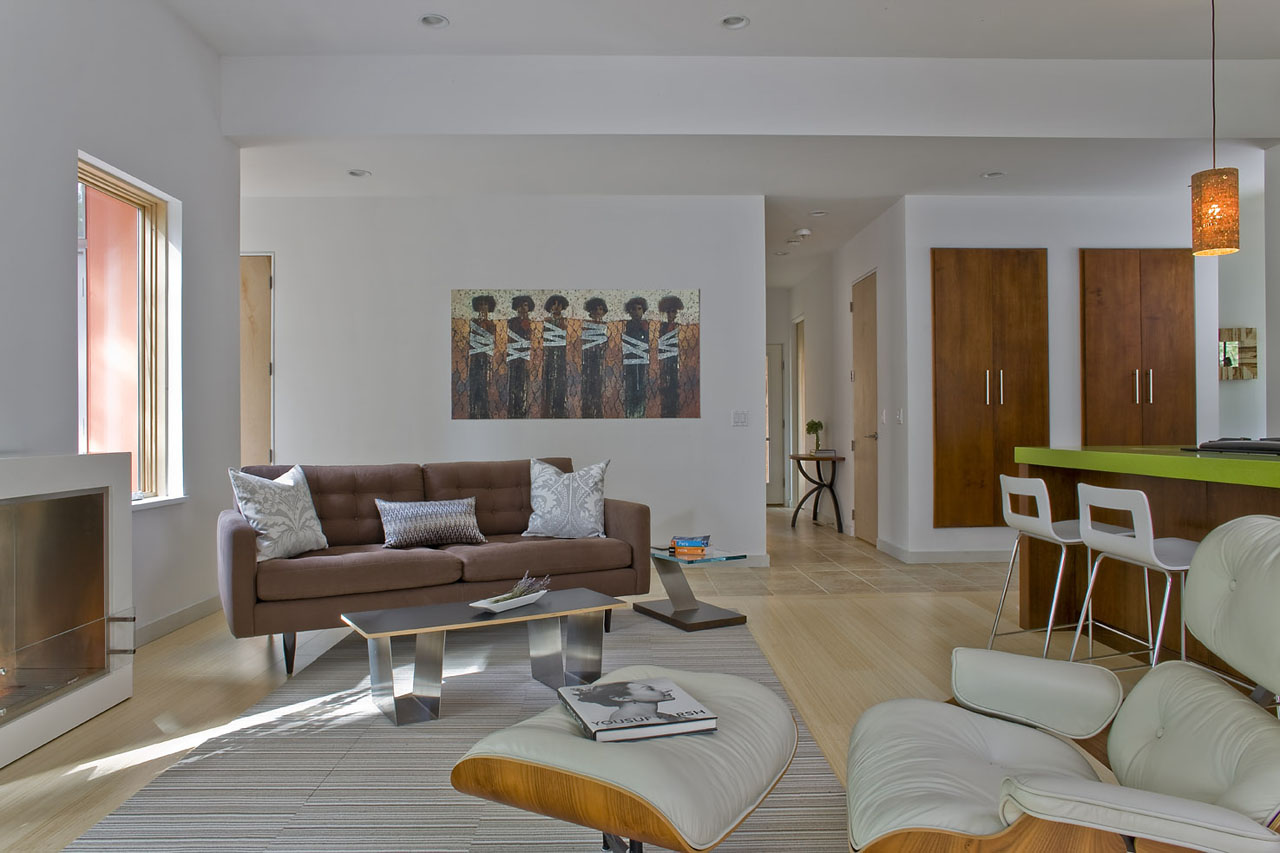
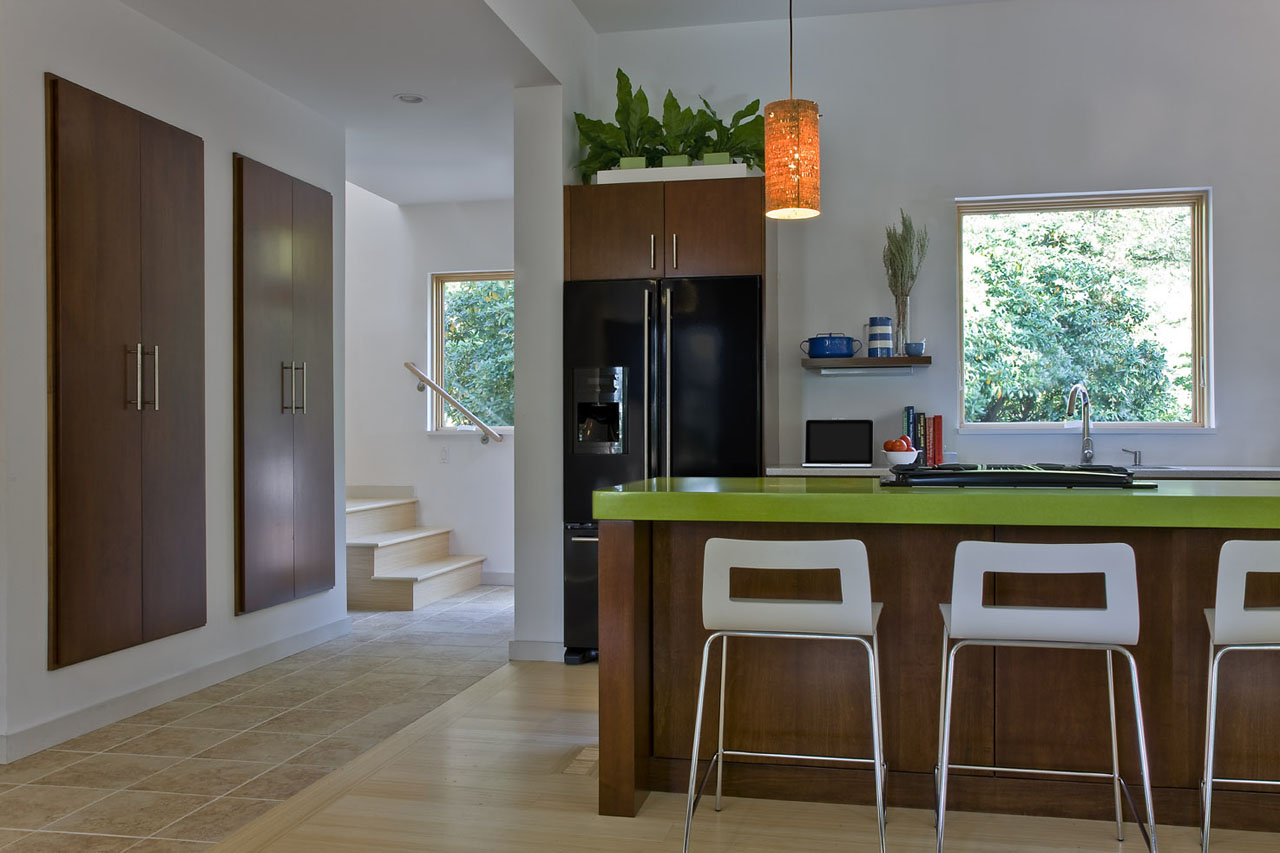
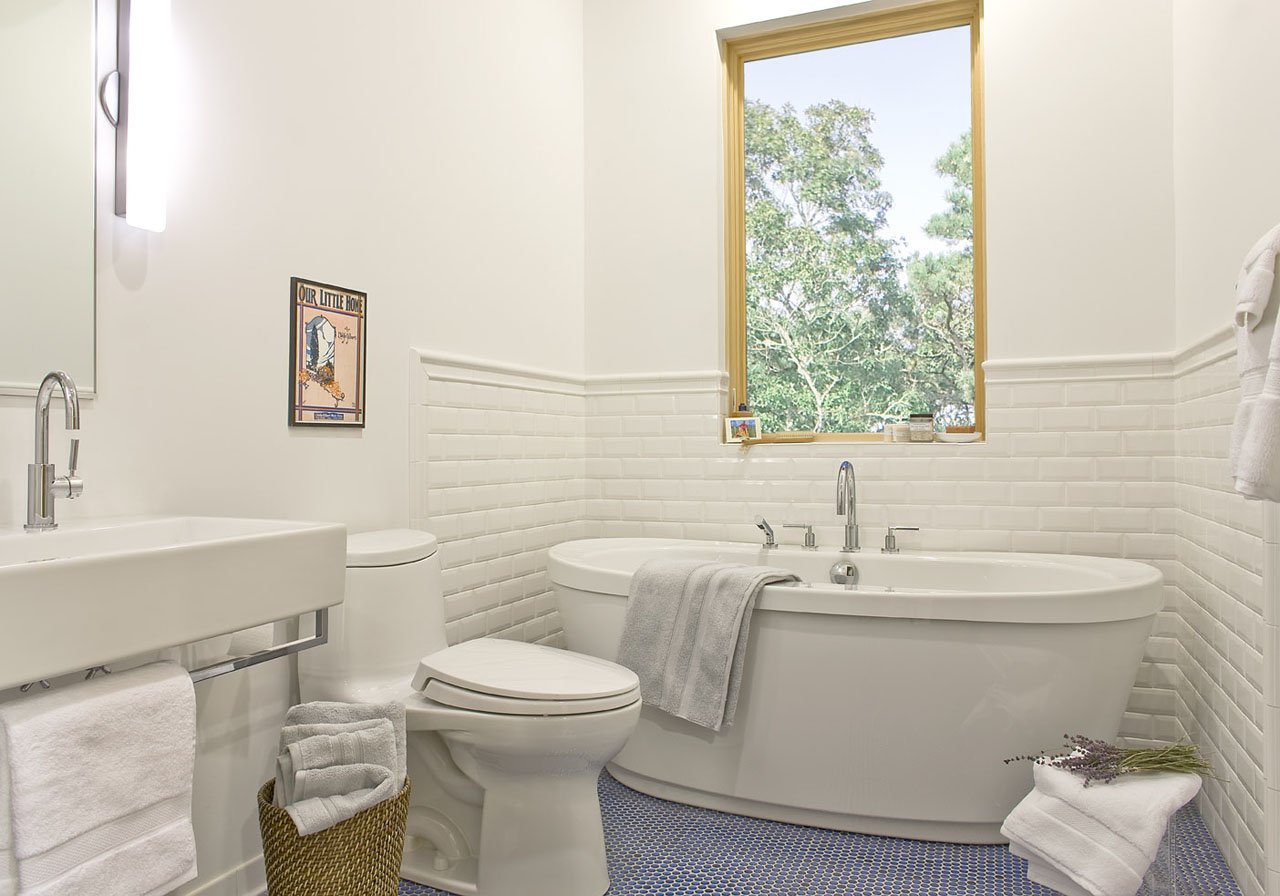
In addition to its energy-conserving technology, the architectural design of the home allows for self shading during the summer. The Cedar Form’s cantilevered placement over the Orange Form optimally shades the southern windows from heat gain, and the south-facing windows in the Red Form are surrounded by mature trees that provide shade in the summer and sun in the winter.
“Architectural decisions for the English residence were heavily influenced by the family’s lifestyle, the surrounding landscape, and energy efficiency,” says Horowitz. “The residence not only features beautiful, modern amenities and materials, it also embodies the environmental philosophies of our client.”
Exterior and Interior Details:

Lisa Taylor Minor
Lisa Taylor is a freelance writer and marketing consultant. She has more than 16 years of experience as a communications professional and has worked with a variety of companies in the home products and building materials industry. Originally from Memphis, TN, Lisa earned a BA in Journalism from the University of Memphis in 1995 and a MA in Journalism from the University of Memphis in 1997. She spent the first 11 years of her career working in account service for Memphis advertising agencies Thompson & Company, Oden Marketing & Design, and Carpenter/Sullivan. Lisa then spent five years in Nashville, TN, with The Buntin Group, an Adweek Top 100 U.S. advertising agency, and Louisiana-Pacific Corporation, a leading manufacturer of building materials. Lisa currently lives in Denver, CO, and is Principal/Owner of Wazee Marketing.
Website: www.wazeemarketing.com

